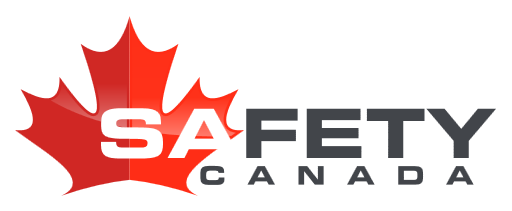Course Overview
Driving attitudes directly affect risk tolerance in corporate and other drivers. Stress, personal factors and issues and other driver actions all play a role. This course teaches drivers to understand and self-manage these forces to maintain clear and objective decision-making skills while driving and avoid impulsive, disrespectful, retaliatory or other actions that increase driving risk or attract complaints. The probability of incident or accident is significantly reduced when drivers reduce speed, observe highway laws and rules and demonstrate courtesy to other road users as a result of this training.
This is Thinking Driver, flagship Driver Attitudes Course that focusses on Driver Attitude by educating employees on the personal factors that influence risk tolerance. As drivers understand their own psychology and "hot buttons" then learn how to self-manage emotion, they are able reduce risk tolerance even in stressful driving situations or when provoked by other drivers. This results in reduced incident rates (up to 90% reduction) as proven by many Thinking Driver course users*.
The media rich course is completely updated for 2020 and engages learners through a variety of interactive on-screen activities including quizzes, click to discover facts, video, audio commentary and much more. The user interface is intuitive and easy to use. Employees love this course because unlike so many others, it, interesting, entertaining and informative while holding their attention.
This course was developed by internationally recognized road safety, driver psychology and training expert, Thinking Driver Founder, Spencer McDonald.
*Source: Technical Safety BC (90% reduction in at-fault accidents between 2011 and 2015 using Thinking Driver training courses)
Upon completion of this course, learners will be able to:
- Explores situations and the actions of other drivers that may cause irritation or changes in decision making as well as an increase in risk-taking behaviour
- Encourages a more tolerant outlook toward other drivers as a result of self-reflection and assessment


